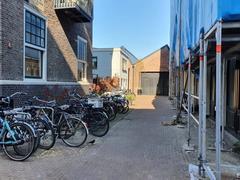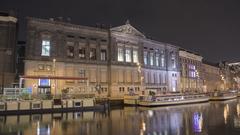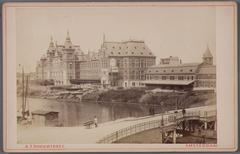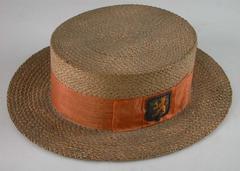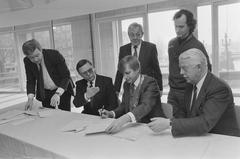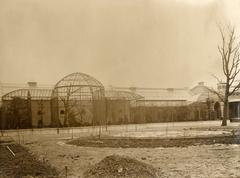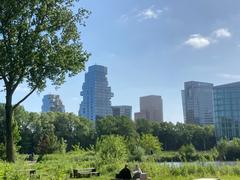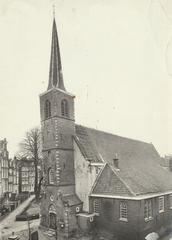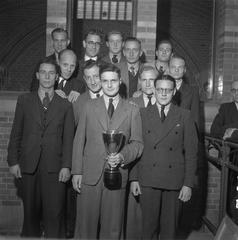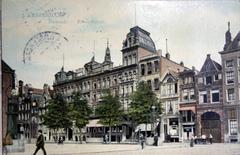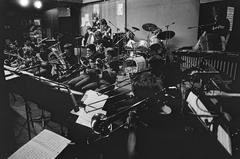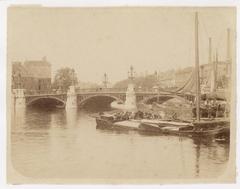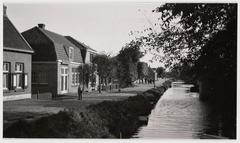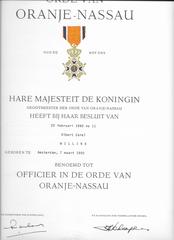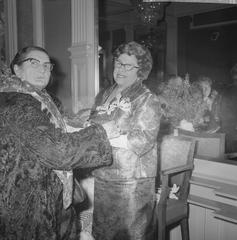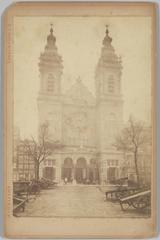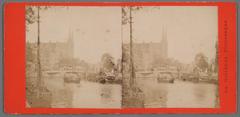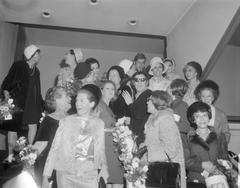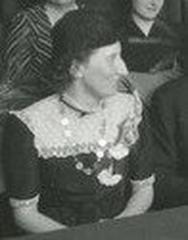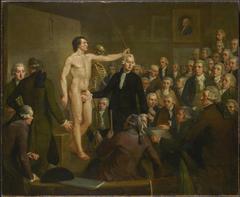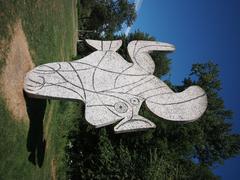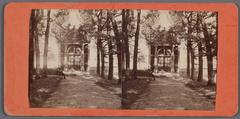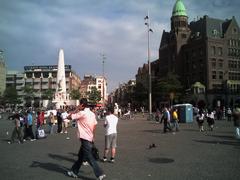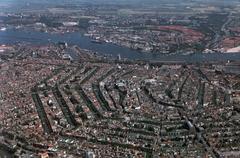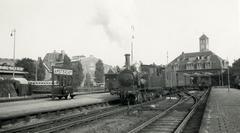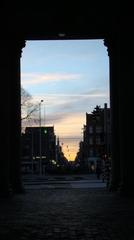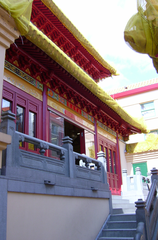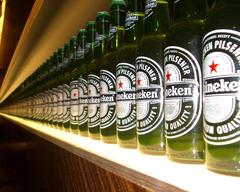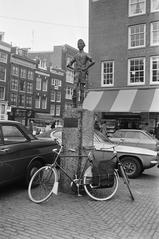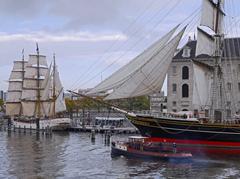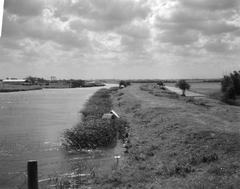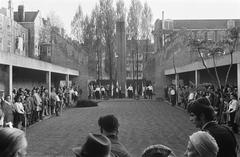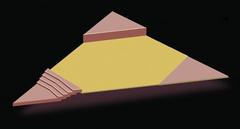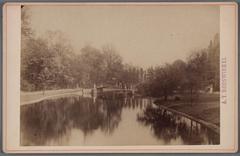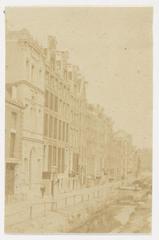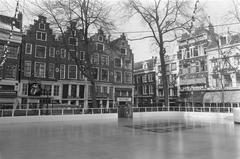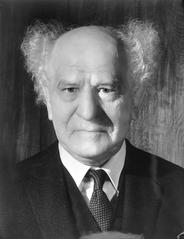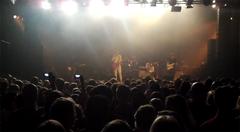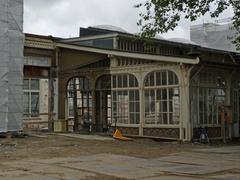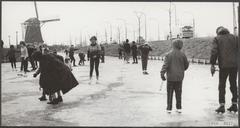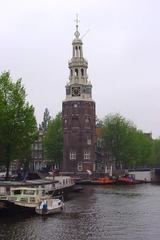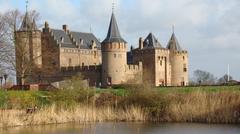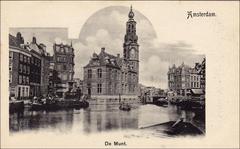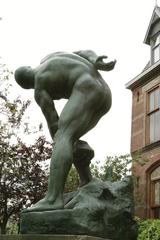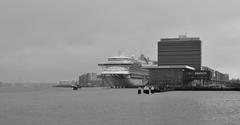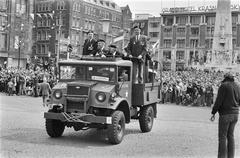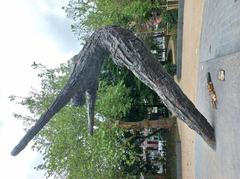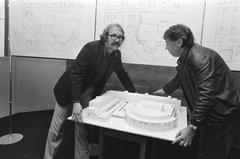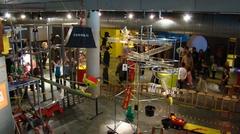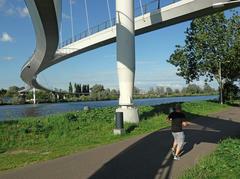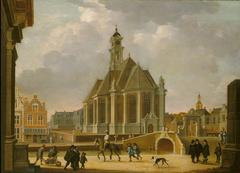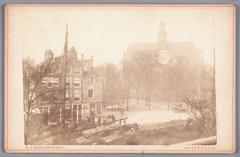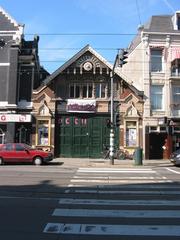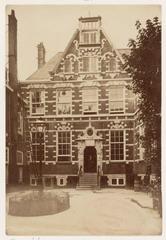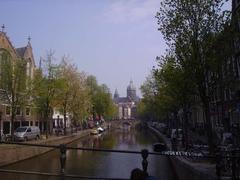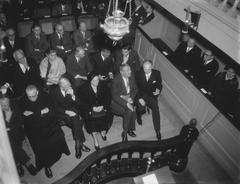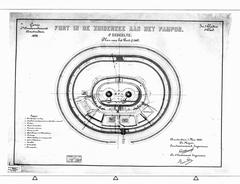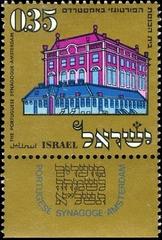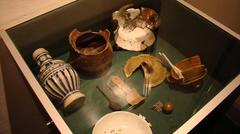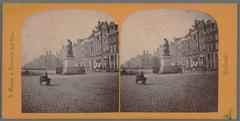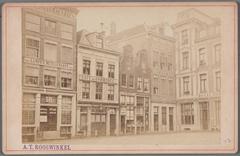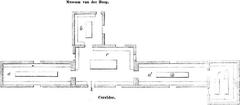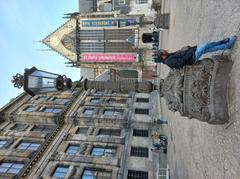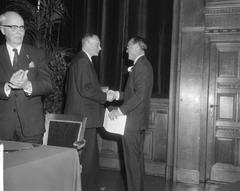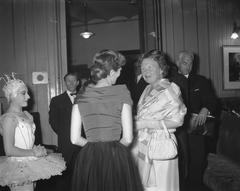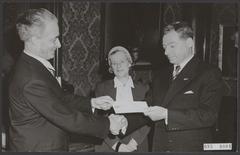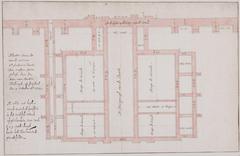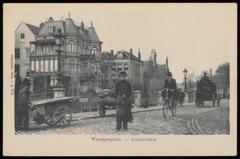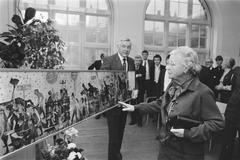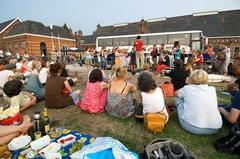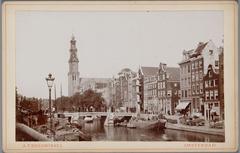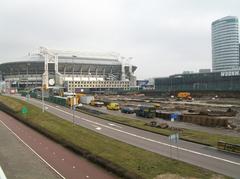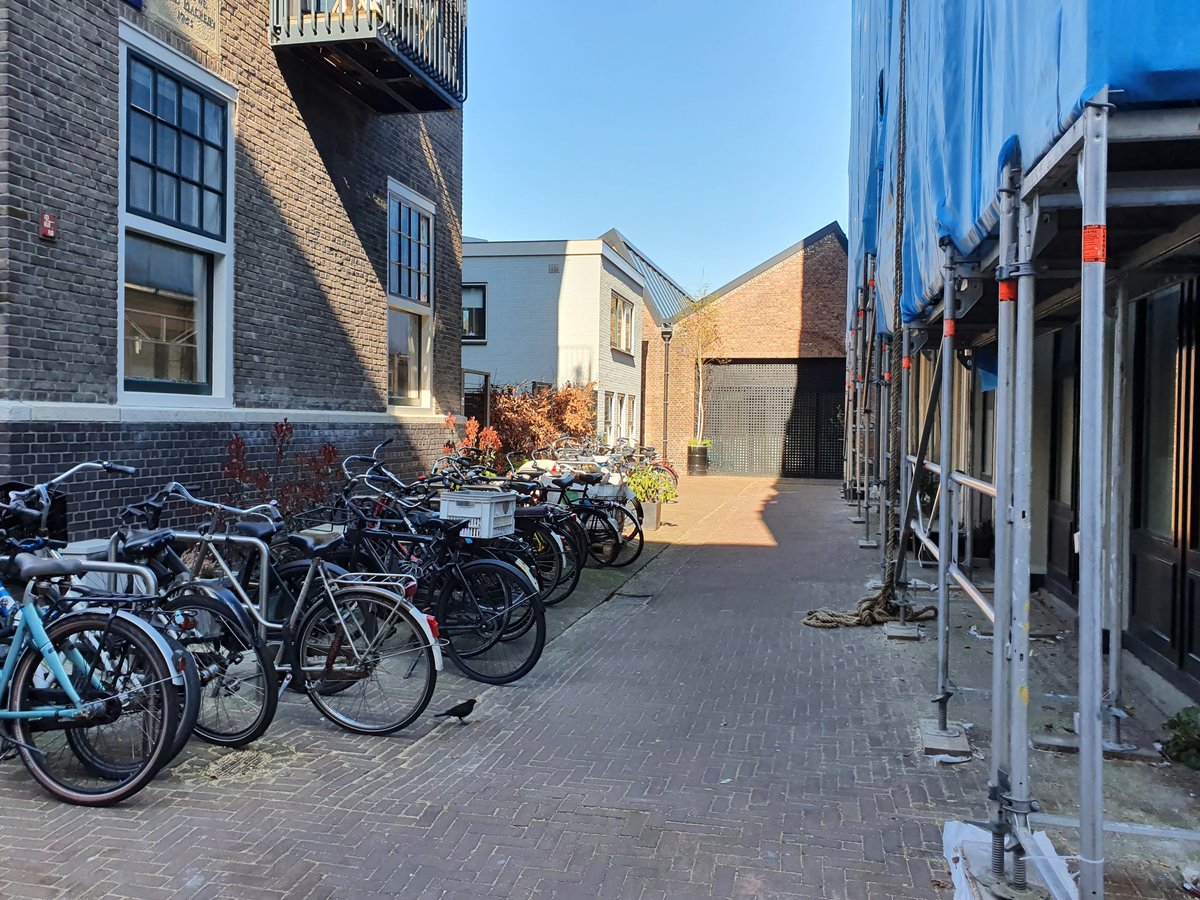
Visiting Aluminiumbrug in Amsterdam: Tickets, Hours, and Travel Tips
Published Date: 24/07/2024
Welcome to Your Guide to Aluminiumbrug
Nestled in the heart of Amsterdam, the Aluminiumbrug, or Bridge 222, is a landmark that epitomizes engineering innovation and historical significance. Spanning the Kloveniersburgwal canal, this bridge has transitioned from a functional infrastructure component to a celebrated emblem of Amsterdam’s rich heritage. Originally built in 1896 as Doelenbrug, its pivotal role in connecting the bustling streets of Nieuwe Doelenstraat and Staalstraat underscores its importance in facilitating movement and commerce in the city (Bridges of Amsterdam). Over the decades, this bridge has not only adapted through significant renovations but has also become a symbol of modern engineering, particularly marked by its mid-20th century aluminum deck installation, which was a pioneering project at the time (Wikipedia). In this comprehensive guide, we will delve into the history, significance, and visitor experience of the Aluminiumbrug, providing insights and tips for those planning to explore this remarkable Amsterdam landmark.
Contents Overview
- Introduction
- Early Construction and Initial Purpose
- Mid-20th Century Renovation
- Installation of the Aluminum Deck
- Renaming and Modern Significance
- Mechanical Features and Cultural Impact
- Preservation and Current Status
- Architectural and Engineering Significance
- Role in Urban Development
- Visitor Experience and Tips
- Visitor Information
- FAQs
- Conclusion
Discover the History and Significance of Aluminiumbrug - A Must-Visit Amsterdam Landmark
Introduction
Nestled in the heart of Amsterdam, the Aluminiumbrug stands as a testament to engineering innovation and historical significance. Spanning the Kloveniersburgwal canal, this bridge has evolved from a functional infrastructure piece to a celebrated landmark. Whether you’re a history buff, an engineering enthusiast, or a curious traveler, the Aluminiumbrug offers a captivating glimpse into Amsterdam’s rich heritage.
Early Construction and Initial Purpose
The Aluminiumbrug, also known as Bridge 222, was originally constructed in 1896 and was initially named Doelenbrug. Built to connect Nieuwe Doelenstraat with Staalstraat in Amsterdam-Centrum, the bridge played a crucial role in facilitating movement across the bustling Kloveniersburgwal canal (Bridges of Amsterdam).
Mid-20th Century Renovation
By the mid-20th century, the original bridge had deteriorated significantly. In 1955, it was deemed unsafe for relatively heavy traffic due to extensive rusting. The city of Amsterdam decided to renovate the bridge, choosing an innovative solution that would restore its functionality and save costs. The decision was made to install an aluminum deck, a material known for its durability and low maintenance requirements (Wikipedia).
Installation of the Aluminum Deck
Renovation work began on August 29, 1955. The bridge was widened from 7.40 meters to 8.60 meters. The new aluminum deck weighed 13.5 tons, only slightly heavier than the original 13-ton deck, but it was five times stronger. The aluminum deck alone weighed 10 tons, and the overall renovation resulted in a cost saving of approximately 130,000 guilders. This project marked the first time an aluminum bridge deck was installed in the Netherlands (Wikipedia).
Renaming and Modern Significance
Upon completion of the renovation in 1956, the bridge was renamed Aluminiumbrug to reflect its new aluminum deck. This renaming was not just a nod to the material used but also a recognition of the bridge’s modern engineering. The Aluminiumbrug became a symbol of innovation and modern Dutch design, contributing to the urban renewal of Amsterdam’s Eastern Docklands (Thingstodoinamsterdam).
Mechanical Features and Cultural Impact
The Aluminiumbrug is a bascule bridge, a type of drawbridge that uses counterweights to balance the span as it opens and closes. Although the drawbridge mechanism is no longer in operation, the large gears and mechanical components remain a point of fascination for visitors. The intricate metal detailing and the bridge’s mechanical features have made it a subject of interest for engineers, tourists, and filmmakers. A notable example is its appearance in the movie ‘Ocean’s 12,’ where a scene featuring George Clooney and Brad Pitt was shot on the bridge (Viatravelers).
Preservation and Current Status
Despite its historical and cultural significance, the Aluminiumbrug has undergone minimal changes since its major renovation in the 1950s. The bridge has been well-maintained, preserving its original aluminum deck and mechanical features. However, the drawbridge function has been decommissioned, reflecting the shift in its role from a functional infrastructure piece to a historical landmark (Structurae).
Architectural and Engineering Significance
The Aluminiumbrug stands as a testament to the advancements in engineering and materials science during the mid-20th century. The use of aluminum was a pioneering choice at the time, offering a combination of lightweight properties and high strength. This innovation not only extended the lifespan of the bridge but also set a precedent for future infrastructure projects in Amsterdam and beyond. The bridge’s design and construction techniques have been studied and admired by engineers and architects worldwide (Bridges of Amsterdam).
Role in Urban Development
The Aluminiumbrug has played a significant role in the urban development of Amsterdam’s Eastern Docklands. This area, once an industrial zone, has been transformed into a vibrant residential and commercial district. The bridge facilitated this transformation by improving connectivity and accessibility, making it easier for people to move between different parts of the city. Its presence has also contributed to the aesthetic appeal of the area, blending historical architecture with modern design elements (Thingstodoinamsterdam).
Visitor Experience and Tips
For visitors, the Aluminiumbrug offers a unique glimpse into Amsterdam’s engineering history. The bridge is easily accessible and provides a picturesque view of the Kloveniersburgwal canal. Tourists can enjoy a leisurely walk or bike ride across the bridge, taking in the surrounding scenery and the intricate details of the bridge’s construction. Given its central location, the Aluminiumbrug is a convenient starting point for exploring nearby attractions such as the Rembrandt House Museum and the Waterlooplein area (Fullsuitcase).
Visitor Information
- Visiting Hours: The Aluminiumbrug is accessible 24/7 as it is an open public structure. There are no specific visiting hours.
- Tickets: There is no admission fee to visit the Aluminiumbrug.
- Accessibility: The bridge is wheelchair accessible and suitable for both pedestrians and cyclists.
- Nearby Attractions: Besides the Rembrandt House Museum and Waterlooplein, visitors can also explore the Hermitage Amsterdam, the Jewish Historical Museum, and the vibrant market at Nieuwmarkt.
- Photographic Spots: The Aluminiumbrug offers excellent photo opportunities, especially at sunrise and sunset when the light beautifully reflects off the canal.
- Guided Tours: Various guided walking and biking tours in Amsterdam include the Aluminiumbrug as a point of interest, providing historical insights and interesting anecdotes about the bridge.
FAQs
Q: What is the best time to visit the Aluminiumbrug? A: The Aluminiumbrug is beautiful year-round, but visiting during spring or autumn offers pleasant weather and vibrant scenery.
Q: Are there any special events held at or near the Aluminiumbrug? A: While there are no regular events held at the bridge itself, the surrounding areas often host cultural festivals, markets, and public gatherings.
Q: Can I take a guided tour of the Aluminiumbrug? A: Yes, several guided tours in Amsterdam include the Aluminiumbrug as a highlight, offering detailed historical and cultural insights.
Conclusion
The Aluminiumbrug is more than just a bridge; it is a historical landmark that embodies the spirit of innovation and modern design. Its rich history, from its original construction in 1896 to its groundbreaking renovation in the 1950s, makes it a must-visit for anyone interested in engineering, architecture, or Amsterdam’s urban development. Whether you’re a history buff, an engineering enthusiast, or simply a curious traveler, the Aluminiumbrug offers a fascinating and memorable experience. For more information and updates, be sure to check out the Bridges of Amsterdam website.
Summary and Final Thoughts
The Aluminiumbrug stands as more than just a bridge; it is a testament to Amsterdam’s spirit of innovation, historical resilience, and urban development. From its initial construction in 1896 to the groundbreaking installation of the aluminum deck in the 1950s, the bridge has continually evolved, reflecting the city’s commitment to marrying tradition with modernity. Today, the Aluminiumbrug is not only a functional piece of infrastructure but also a cultural and historical landmark that attracts engineers, historians, tourists, and filmmakers alike. Its role in enhancing urban connectivity and contributing to the aesthetic appeal of Amsterdam’s Eastern Docklands highlights its ongoing significance in the city’s landscape (Thingstodoinamsterdam). Visitors to Amsterdam would do well to include the Aluminiumbrug in their itinerary, not only to appreciate its engineering marvel but also to explore the vibrant surroundings that it connects. For those planning a visit, the bridge offers picturesque views, historical insights, and a unique glimpse into the innovative spirit that defines Amsterdam (Fullsuitcase).
Sources and Further Reading
- Bridges of Amsterdam. (n.d.). Bridge 222. https://bridgesofamsterdam.com/bridges/222/
- Wikipedia. (n.d.). Aluminiumbrug. https://nl.wikipedia.org/wiki/Aluminiumbrug
- Thingstodoinamsterdam. (n.d.). Bridges of Amsterdam. https://thingstodoinamsterdam.com/blog/bridges-amsterdam/
- Fullsuitcase. (n.d.). Tips for visiting Amsterdam for the first time. https://fullsuitcase.com/tips-visit-amsterdam-first-time/
